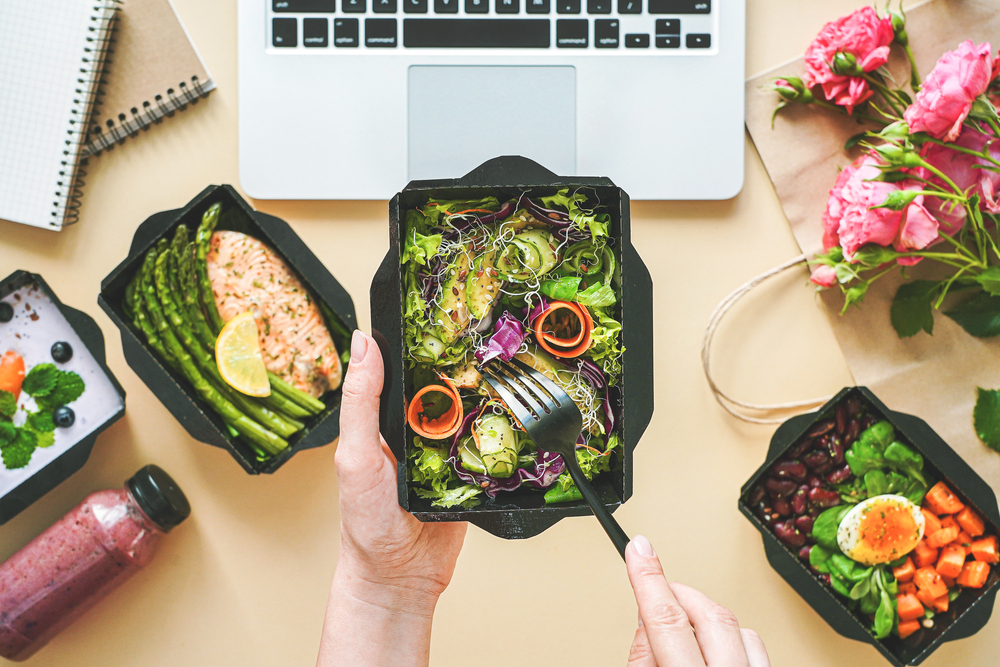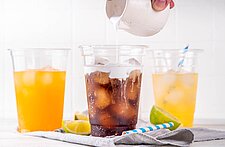When most folks think of seasonality it’s normally in preparation of Winter, Spring, Summer and Fall; but when consumers, more specifically foodies, think of seasonality it is usually in anticipation of pumpkin spice lattes or breast cancer pink cookies. At Symrise we are constantly looking for ways to innovate and that means going beyond the scope of normal. It also means not only looking for inspiration within, but outside of the box — our box being the food and beverage space. To do that, we teamed up with Brand Genetics to interview eleven experts spanning several, very different industries to get their take on seasonality in hopes of guiding you on your path to being informed, inspired, and innovative.
Stay up to date with our Seasonality Initiative - receive articles like this to your inbox!
Last up in our series we have Rich Honiball, Senior Vice President, Chief Merchandising & Marketing Officer at Navy Exchange Service Command. Rich brands himself as a “consumer-centric marketer & merchant with a passion for uncovering, defining, and communicating the disruptive purpose and power of an organization.” We got a chance to get his perspective on seasonality in fashion and the future of LTOs.
How does seasonality affect fashion?
Trends are influenced by the seasons, but it is less of a seasonal drive. From a seasonality perspective the world has changed. Apparel had a very seasonal perspective; you always had a sense that the consumer had different wardrobes — for spring, summer, and winter — that they would transition to in anticipation of the seasons. Today it is less about a time of year or anticipation of seasonality and more “I woke up today, feel like X and I want to wear Y.” This trend is sort of, buy now, wear now or runway to retail. For example, Zara sees a trend and two weeks later has it delivered to their stores. So rather than seasonality, fashion depends increasingly on where you live, the climate, culture, etc. For example, if you live in Miami it will impact you differently in terms of cultural trends as well as seasonality than if you lived in Los Angeles.
What’s the impact of these changes?
The nature of seasonality is changing so quickly. When I look to what we’re developing nine months out, it is the staple pieces. We’re leaving the more on trend things much closer to time and allowing ourselves the flexibility to jump on the back of specific trends. We’re also thinking differently, as we see more people transition from outdoors to indoors. We’ve started to think about how people will turn their homes into amazing spaces with personal spas, for example, so we’ve been developing essential oils, diffusers, etc.
RELATED: Mike Lee on the Future Market of Seasonal LTOs
How do LTOs work in fashion?
This has worked very well, but what I find is that we have to do it far more often today. It is a very strange mindset adjustment, big box retailers have always been about looking for macro trends and less about limited offerings. From a service perspective I never want to tell you I’m out of something, but now you need something that’s just ‘in and out’. For example, Lidl just opened up near us and the idea of non-grocery LTO is exciting consumers and driving visits. Consumers always try to maximize choice, they hate something not being there, conversely the idea of scarcity has value.
What are your thoughts on the future of LTOs and where they are headed?
Collaborations have been around for a while, but have really picked up lately. When you get a couple of divergent brands that aren’t in the same space — like musicians and fashion — to collaborate, they can introduce their micro-tribes to different ideas. I see this happening in food; a restaurant I know in Austin, Texas changes every month — a new chef, new art, and new musicians to compliment the food. In the retail space, we are working on this idea too, rationalizing our space to create an opportunity for temporary pop up shops rather than longer term concessions.
What are your thoughts on the future of seasonality and where it is headed?
People will transition their wardrobe from season to season, but overall less and less people are buying fashion on a regular basis. We see people are investing in core items that offer neutrality and flexibility, and are spending less on clothing. People are spending more on experiences like travel rather than things. There is more concern with how sustainable things are and how well made they are. People have always said this matters, but we are really starting to see this influencing decisions in a way that it wasn’t previously. It is not just millennials either, a lot of older consumers are cleaning their closets, downsizing, and looking for better items that will last longer. This is a direction of change – there are definitely people willing to invest more in good pieces, but also people who value the disposable.
The biggest takeaway from this series of interviews is that seasonality is about about novelty (think charcoal ice cream), flavor (pumpkin spice latte), functional benefit (plant-based everything), association (gingerbread cookies during Christmas), excitement (unicorn frappe), and priming (marketing). It is also a reflection of our world — weather, time of year, ingredients, locales, cultures, etc. Seasonality can be a good product development tool with the right balance of market curation and experimentation. At the same time, it can be expensive and hard to pull off without a healthy balance of change and stability.
This series is backed by our Seasonality Initiative where we help our customers develop pipelines of new concepts and flavor ideas for the seasons and major holidays. If you have questions or would like to learn more about our initiative please contact us.






